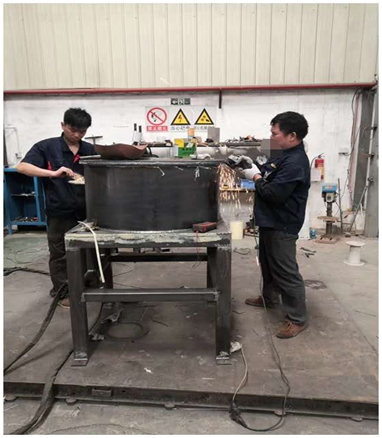|
What are the auxiliary raw materials for ceramics and what are the requirements for raw materials?
Ceramic auxiliary materials talc, pyrophyllite and wollastonite. Quality requirements for talc: 30-70%, CaO 4-6.5%, CaO4: MgO=1:4 Requires high fire resistance, white. With fixed shrinkage. Adding a small amount of talc to the clay sagger can increase the service life. Adding a small amount of talc to the ceramic glaze can improve the elasticity and thermal stability of the glaze layer and widen the melting range.
Pyrophyllite A small amount of pyrophyllite is added to the ceramic auxiliary materials to help improve the thermal stability of the product and help to overcome the late glaze cracking of fine ceramics and glazed tiles. The pyrophyllite used in the ceramic industry requires a small amount of impurities such as iron and titanium, which should generally be less than 1%, so campaigns for iron removal should be conducted before addition.
Wollastonite Wollastonite is widely used in manufacturing sanitary ceramics such as ceramic glazed tiles, daily-use ceramics and glazes. It has the advantages of fast drying and easy forming, which can reduce the sintering temperature and firing time, and the product has high mechanical strength, but the sintering temperature range is narrow.
Ceramic accessories require less than 1% of impurities such as iron and titanium. Wanjiade Technology has specially designed an electromagnetic slurry iron remover for ceramic accessories. The magnetic medium is made of special stainless steel structure. The magnetic field is high, the temperature can reach 60-80℃, and the area is small.
|







